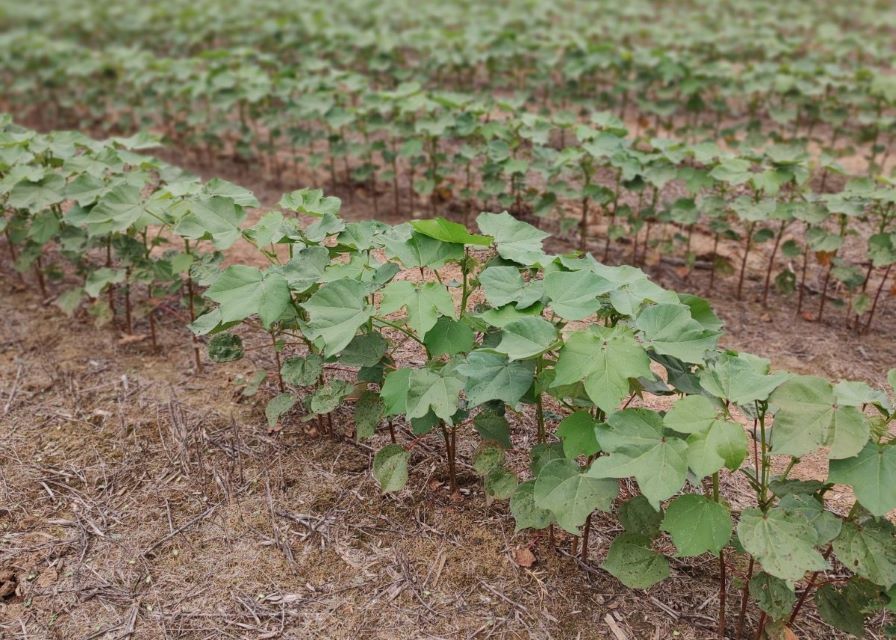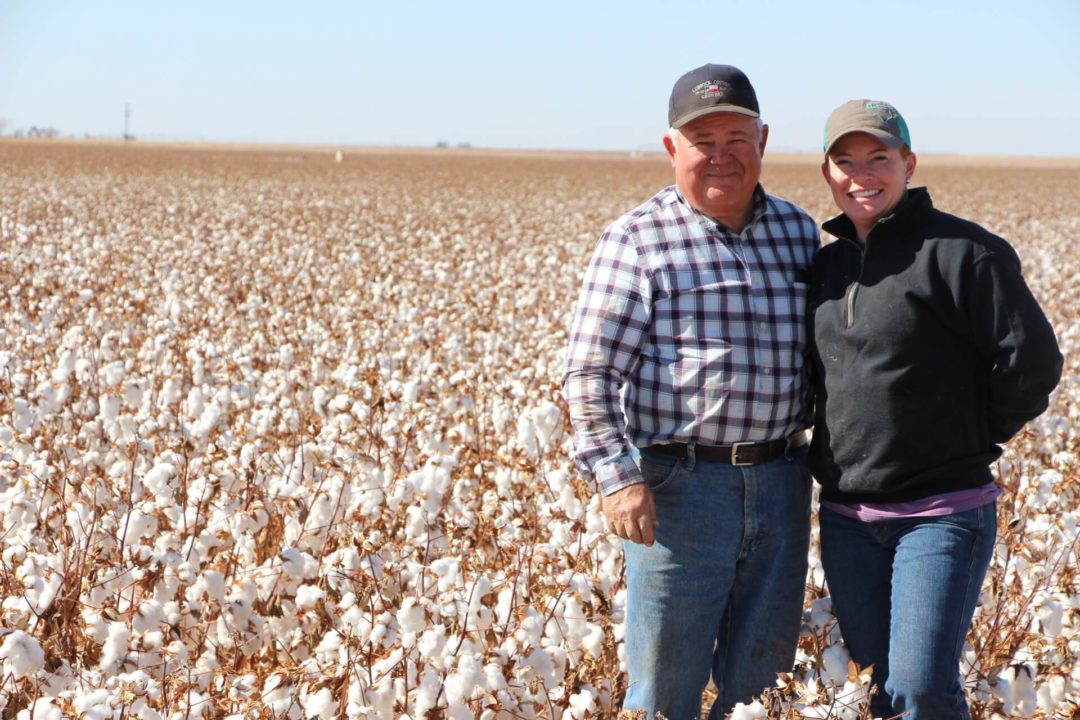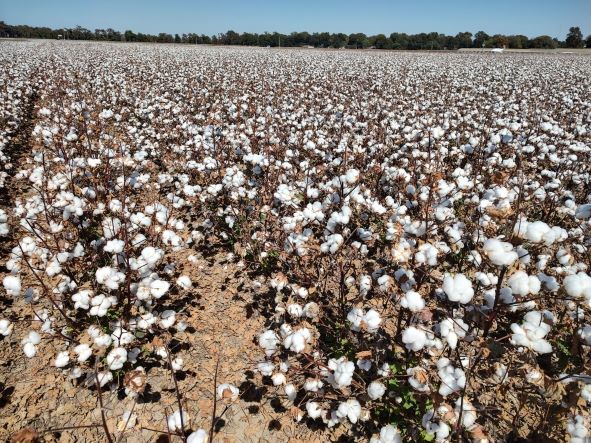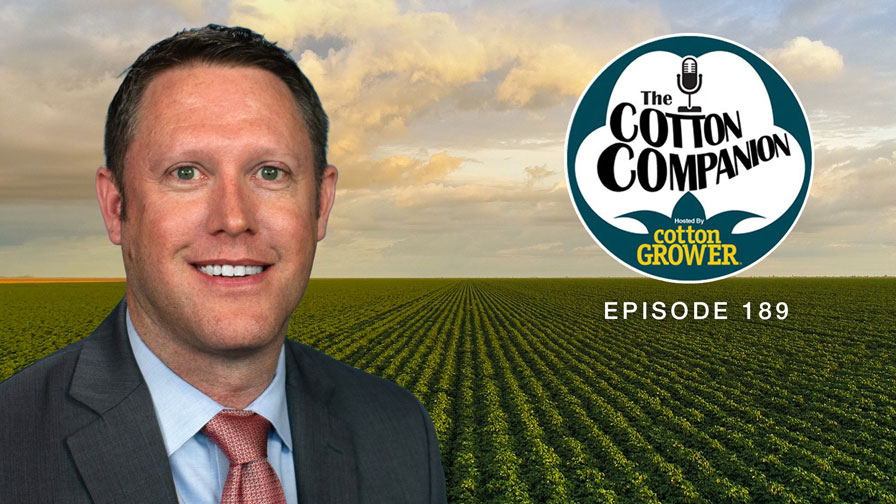Wrap It Up to Help Prevent Contamination
U.S. cotton has struggled with a contamination problem for years, mostly due to bits of plastic module wrap coming from the field to and through the gin. As we’ve all learned, those tiny pieces of plastic that make it through the ginning process often cause problems at the mills — not to mention the hits that U.S.’ reputation for high-quality cotton have been taking in the trade channels.
This is why for the past five years, USDA ARS has managed a multi-institutional program that is looking at module wrap to help determine what the minimum acceptable baseline level of performance should be within the cotton industry. Joining ARS in the study were multiple universities, Cotton Incorporated, National Cotton Council (NCC), National Cotton Ginners Association, John Deere, and TAMA, whose premium wrap was used to set the baseline for the research.
Extensively Tested
“We developed a list of test measurements and certain thresholds that we would expect that wrap to meet under laboratory testing conditions,” says Dr. John Wanjura, Research Agricultural Engineer with USDA ARS in Lubbock, TX. “We would collect a set of samples of a particular product, layer those film layers in the proper order as they would be applied to the module, and then submit those samples to a third-party lab for testing.”
Those labs used ASTM standard test methods to look at puncture propagation, tear resistance, impact resistance, tensile strength, elongation, thickness — all attributes needed to make sure there is nothing inherently wrong with the base material and to help provide a level of assurance to growers and ginners who handle the modules that no product shortcuts were taken when building the wrap.
Wanjura says companies submitting potential wrap candidates must wrap a minimum of 24 modules for six months of field testing, leaving the modules unprotected to changing temperatures and UV exposure in a specified testing location, depending on the intended use environment. Specific data points and photos are collected over that six-month period and submitted to the National Cotton Council (NCC) for review. If approved, the wrap is added to the NCC approved product list.
“That’s important, because what we’re trying to do is develop that baseline level of performance that gives the industry some level of comfort with the use of those wrap products,” he says.
In addition, all approved wraps are required to contain RFID (Radio-Frequency Identification) tags to help identify each module. Part of the identification stream that comes from these tags is an RFID general manager number that identifies whether the product is an approved wrap. That number is also issued and managed by the NCC.
To date, three packaging wraps have met those performance guide-lines and have received approval from the NCC for field use: TAMA Premium (yellow, pink), S&K (blue), and Langston (bluish purple). Two additional wrap products are currently in test.
Careful Handling Still Required
Wanjura points out, however, that contamination issues can still arise if the wrap gets torn or cut due to improper module handling.
“You will generally have a contamination problem if you’re dealing with broken modules,” he says. “It’s a long-standing understanding that the ginning community has come to, but the broken ones are a lot more problematic than the ones that come into the gin properly wrapped.
“Part of the standard, as well, is that these products have to perform on the machine without causing problems,” he adds. “It can’t leave deposits on the machine that cause problems later on, and it has to function properly. It’s another level of comfort, knowing that we’ve gone through the process to make sure things are working.”









